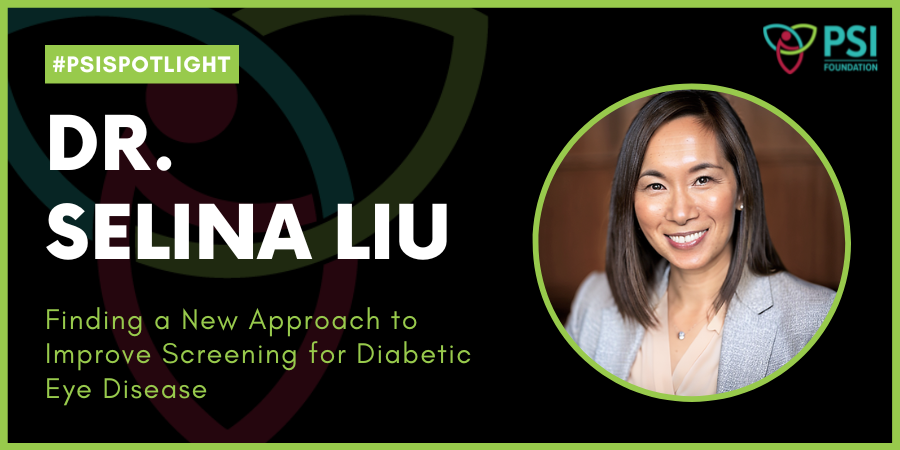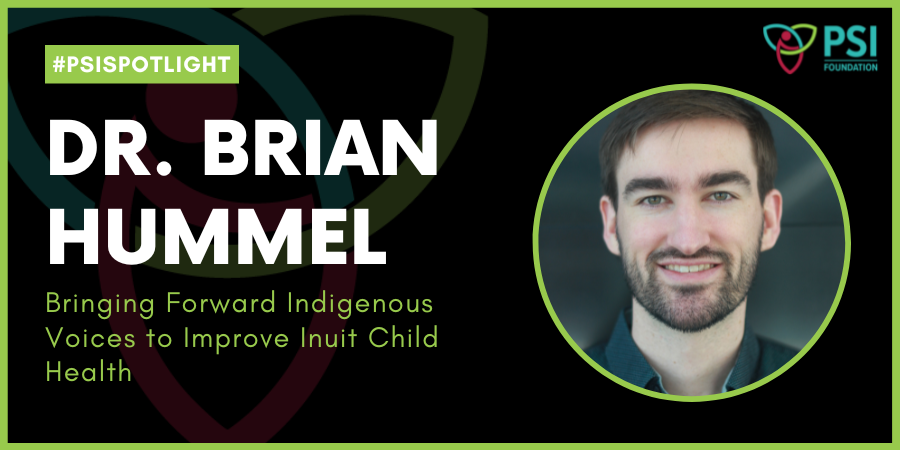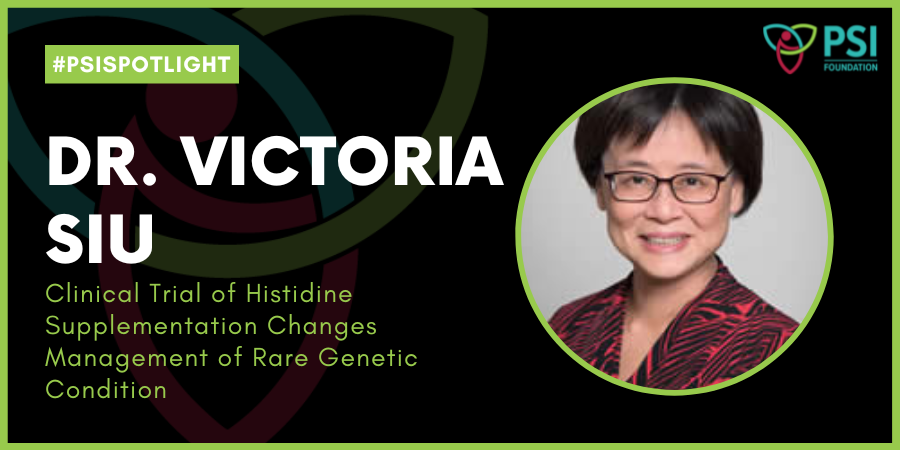“This was my first successful grant as a new investigator, so it really jumpstarted my research career.… Getting that first grant and being able to do this research led to other opportunities, and I’m very grateful to PSI Foundation for their support.” – Dr. Selina Liu, Western University, Lawson Health Research Institute and St. Joseph’s Health Care, London, Ontario
Recent estimates from Diabetes Canada indicate that 5.7 million Canadians are living with diabetes. Many of these people do or will experience eye damage, called diabetic retinopathy, which is a major cause of vision loss. As a result, practice guidelines recommend that people with diabetes undergo screening for diabetic retinopathy once a year.
People with diabetes have their eye exams covered through OHIP, but they may face other barriers to getting an exam, such as simply remembering to make the appointment, taking additional time off work for the exam, and taking eye drops that make it difficult to see and drive for some time after the exam.
“Prior research showed that about 50% of people with diabetes in Ontario weren’t having their eyes checked regularly, and that’s a major problem. We know that diabetic retinopathy is the main cause of blindness in working-age adults in Canada and has a drastic effect on quality of life,” says Dr. Selina Liu, Assistant Professor, Department of Medicine at Western University, Associate Scientist at Lawson Health Research Institute and Endocrinologist, Centre for Diabetes, Endocrinology and Metabolism at St. Joseph’s Health Care London, Ontario. “Vision loss due to diabetic retinopathy is preventable through early detection and treatment. Developing strategies to improve retinopathy screening seemed to be a major area that deserved further research.”
One strategy uses a new technology to potentially make screening more accessible.
Non-mydriatic ultra-widefield (UWF) retinal imaging, which uses a specialized camera to take a wide-angle image of the retina, offers a few advantages over the usual screening methods used by optometrists. It only takes a few minutes and does not require eye drops, and images can be taken by trained staff and provided to an ophthalmologist to be read later. For these reasons, UWF imaging has potential to be incorporated into the regular diabetes clinic visits.
“What if we could integrate screening into a diabetes clinic visit?” says Dr. Liu. “If we could screen for retinopathy on the same day and in the same location where our patients are already coming for diabetes care, some of the barriers to getting screening done would be taken away.”
In 2016, Dr. Liu and a multidisciplinary team received funding from PSI Foundation for a randomized clinical trial called Clearsight to examine whether UWF imaging could detect more patients with eye disease that needed closer monitoring or treatment compared to usual screening.
“As a new investigator, embarking on a full 740-person randomized controlled trial was a bit daunting at first,” she says. “But having funding from PSI Foundation was essential for this trial and gave me confidence as I went down this path.”
The research team recruited 740 patients with diabetes to participate in the trial, with half being screened through UWF imaging and half receiving usual care. The trial mimicked how screening is or could be done in a real-world setting: the patients enrolled in the UWF group were offered screening at the same clinic visit with the images read by an ophthalmologist later, while those receiving usual screening were responsible for making their own optometrist appointment. Patients in the UWF group were also still advised to visit their optometrist for usual screening, as per standard of care.
The team found that on-site screening significantly increased detection of diabetic eye disease that required either increased surveillance (more than annually) or referral to an ophthalmologist for further assessment. They also found that on-site screening resulted in significantly higher screening adherence than usual screening. The study did not look at patients’ vision outcomes as a result of the screening (since a much larger and longer trial would be required), but they expect that if more patients who require closer monitoring or ophthalmology referral are identified early, the rates of vision-threatening diabetic eye disease would ultimately decrease.
While the results were promising, screening with UWF imaging does come with significant costs, and Dr. Liu plans to complete a cost-effectiveness analysis of the imaging compared to usual screening. She is also undertaking research on other approaches to identify patients at risk of diabetic eye disease, including the use of artificial intelligence to read UWF images and the use of blood biomarkers for retinopathy screening.
Ultimately, she hopes that the Clearsight trial and other related work will provide evidence that can be incorporated into diabetes clinical practice guidelines to improve screening and vision care for people with diabetes, in Canada and worldwide.
“We hope that having this study will provide the high-quality evidence that this approach can improve retinopathy screening and detection rates, and perhaps it could be implemented in clinical practice guidelines so that the diabetes clinic could be a one-stop shop for diabetes care, including eyes,” says Dr. Liu. “We have more work to do to get there, but we hope our work can influence changes to health policy and clinical practice in how screening for diabetic eye disease in Canada is performed.”



